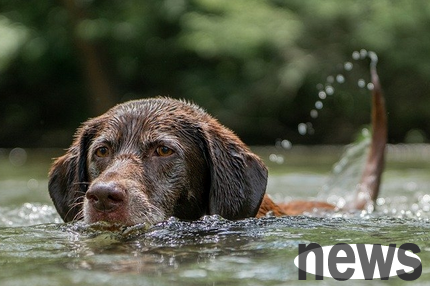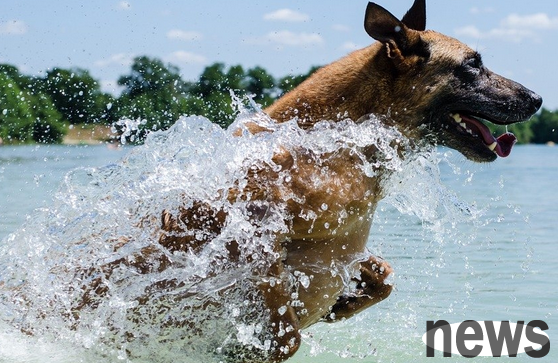Dogs are born to swim, which is a common understanding. We have seen dogs swimming in movies, TV series, books, or parks. Sometimes I really envy that dogs are born to swim, but we can’t even practice dog padding well after learning for a long time.
But not all dogs are good at swimming, and their growth environment and genes have a great impact, so we should deal with dog swimming scientifically.
What do you know about these things that need to be paid attention to when swimming?

Pay attention to the frequency
Summer is here, swimming can help dogs cool down, but dogs should not swim too much. Because dogs' fur secretes a layer of natural oil, which can protect their skin, frequent bathing will destroy natural oils, so in general, it is more appropriate to swim 1 to 2 times a week.
It is not advisable to fill your stomach before swimming
As we all know, you should not eat too much before exercise. In fact, this is not only applicable to humans, but also to dogs.
Do not feed the dog too much before swimming. On the one hand, it will cause a burden on its digestive system, and on the other hand, it will affect its performance in the water and increase risks.
Warm-up is very important
People need to warm up before swimming, and the same is true for dogs. If you lack warm-up preparation, muscle spasms may occur in the water, commonly known as cramps.
For the first time swimming, the owner should accompany the dog to the shallow water area and let it get used to moving in the water first, and gently splash the water on the dog to relieve tension, adapt to the water temperature, and warm up. At the same time, the owner should watch the dog at any time and immediately carry it to the shore when he finds cramps to finish the swimming.

Bathing in time
The streams in the wild have a large number of parasites and algae, the water in the swimming pool is chlorinated, and the sea water contains heavy metals of sodium chloride, which are dangerous to dogs.
Therefore, you must take a bath in time after taking your dog to avoid the risk of diseases and parasites caused by the swimming environment.
